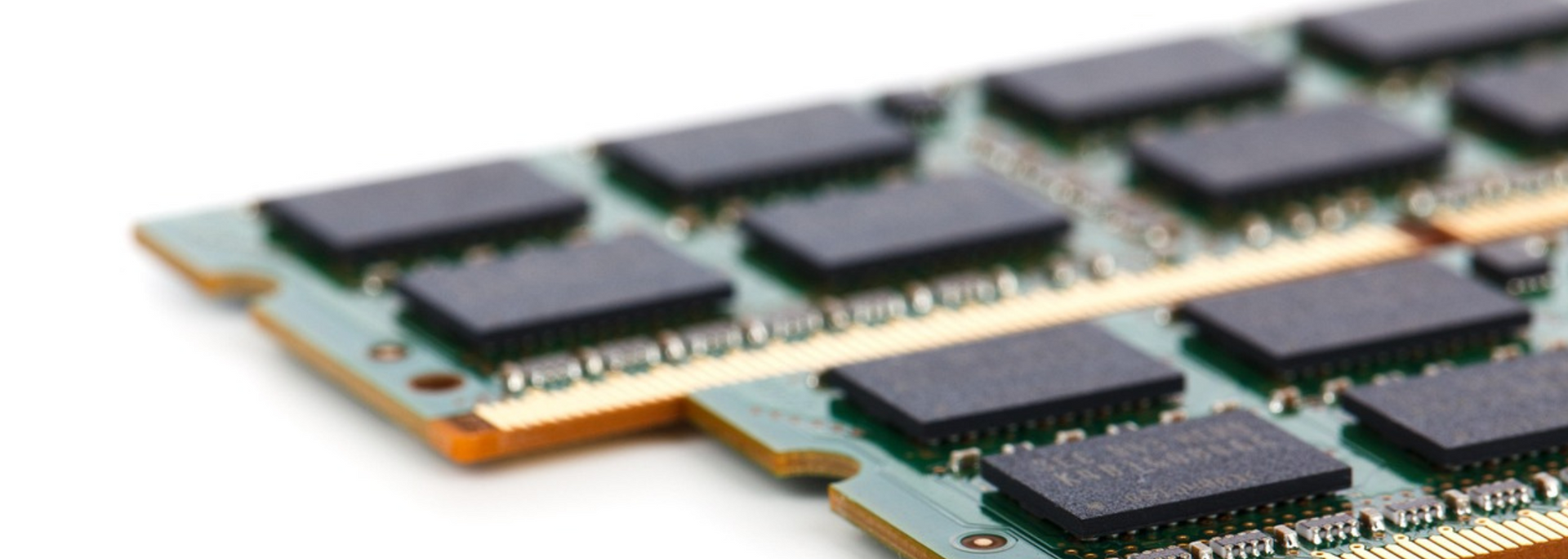VMware NSX: Reddit's questions answered
What do Reddit users want to know about VMware NSX? Get the questions – and answers – in our article.

VMware NSX is a powerful piece of network virtualisation software. But one thing's for sure: it's not the kind of software you can install and reap the benefits of straight away.
No, VMware NSX is a niche product. Making the most of it requires intimate familiarity with VMware infrastructure and an up-to-the-minute understanding of cyber security.
It's no surprise, then, that Reddit's VMware subreddit is full of trained IT professionals asking for help.
At Ascend, we've got no interest in keeping our technical knowledge to ourselves. We believe that a customer is more likely to be happy if they're informed about what's at stake than if they're told to just trust the experts.
To that end, here are some questions from Reddit, answered in plain English. We hope it helps you understand the challenges and opportunities that NSX presents.
What is NSX?
Before we take a look at some questions from Reddit users, let's be sure we're all on the same page about VMware NSX.
It's a software-defined networking platform that lets you build and connect environments and automate the implementation of network and security policies. With NSX, you can deploy micro-segmentation, distributed firewalls and other security measures built for the cloud-first age.
NSX-T was launched in 2017. It effectively replaced its predecessor, NSX-V, when general support for the latter ended at the start of 2022.
Then, with the release of version 4.0.0.1 in 2023, the product name
was simplified to "VMware NSX". However, to differentiate the new from the old, we'll refer to it as "NSX-T" throughout the remainder of this article.
NSX-V to NSX-T: How big of a lift is it?
A "lift and shift" migration from NSX-V to NSX-T involves deploying a new NSX-T infrastructure alongside your existing NSX-V environment and then moving workloads over to the new platform.
Whether you manage the migration yourself or use external help, you can avail yourself of "parallel deployment". This is where you install and configure your new NSX-T environment while NSX-V infrastructure operates as usual.

The simple answer to this question is, "How long is a piece of string?" Different environments will take different amounts of time. The more complex the environment, the longer it will take.
The main thing to remember is that NSX-V and NSX-T are two very different animals. Like Paris, France and Paris, Texas, all they really share is a name.
You can use VMware's migration coordinator to make the switch. However, it helps to have VMware expertise supporting the process. A good cloud consultant will help you make the shift with a minimum of disruption and a minimum of risk.
Do we really need NSX-T for Tanzu?
One Reddit user asks whether NSX-T is necessary for Tanzu, VMware's multi-cloud application development and deployment platform.
NSX-T isn't essential. But it does provide the network infrastructure needed to successfully deploy and manage Tanzu Kubernetes clusters.
It lets you manage the network layer for Tanzu clusters. This gives you granular control over security rules and network policies.
The same goes for NSX-T's Advanced Load Balancer. This can be used within Tanzu to distribute application traffic across multiple pods.
Finally, it provides connectivity to the Supervisor Cluster (the management plane for your Tanzu environment).
Can I deploy VMware VCF or separate VMware Tanzu, NSX-T and vSAN using 3 hosts in production?
This question touches on an important point. How many hosts can be configured in VMWare Cloud Foundation?
If it's a lab, you can run three nodes. But for the management domain, you need a four-node cluster for the production deployments of both vSAN and NSX.
This is to protect yourself against host failure. You can read more about this on the
VMware website.
Is nested NSX-T for a VMware lab OK?
"Nested NSX-T" refers to running an NSX-T environment inside another NSX-T environment. This lets users test and experiment with configurations in a virtual sandbox.
And yes, it works. Network administrators can set up nested NSX-T environments to experiment with NSX-T functionalities and simulate real-world deployments before they go live.
However, you need to provision resources carefully to ensure your nested NSX-T environment runs well. Without ample memory and CPU, you could be looking at some serious lag.

Any suggestions about NSX-T video learning (on demand) resources?
Hands-on Labs provide, in VMware's own words, "a quick and easy way to access VMware products and solutions, testing use cases and learning about the latest features with no installation required".
These are free resources that can be accessed without a license or any special hardware. It includes a seven-module lab about NSX's Networking Fundamentals.
On YouTube, the tech channel NRDY Tech has several playlists about NSX-T. These cover the service-defined firewall, troubleshooting, bridging, deployment from scratch and more.
In our opinion, your best bet is to train directly with VMware or a
VMware Authorised Training Centre. Alternatively, reach out to a cloud consultant who's done the studying for you. The more technical things get, the more you need complete confidence that you know what you're dealing with.
How great is VMware NSX-T?
OK, so this is a rhetorical question. But our answer is: "Pretty darn great, actually."
It brings virtualised networking right up to date with a platform built for multi-cloud security and scalability.
Its powerful micro-segmentation and distributed firewall tools give each and every one of your workloads airtight security.
That's all well and good. But a Reddit user makes a valid point when they answer the question like this: "Great if you have support within your org".
You see, NSX-T is a complex bit of kit. It's certainly not beyond the abilities of a trained IT professional. But it may require extra training. And while that training is in process, your network stays the same.
This is a key reason why working with a cloud consultant can be a good idea for your business. It means you can get from A to B – or V to T – with an absolute bare minimum of disruption.
Looking for support migrating to NSX-T? Ascend Cloud's
VMware cloud migration services have helped hundreds of global organisations accelerate their ambition.
Get in touch to learn how we can do the same for you.











